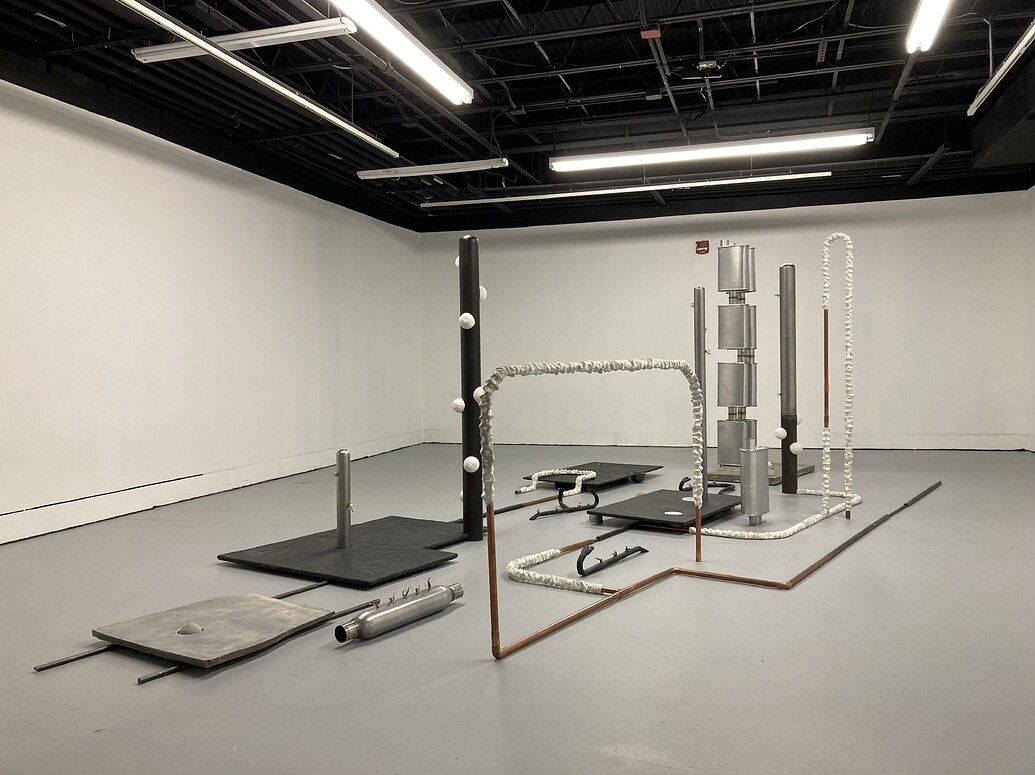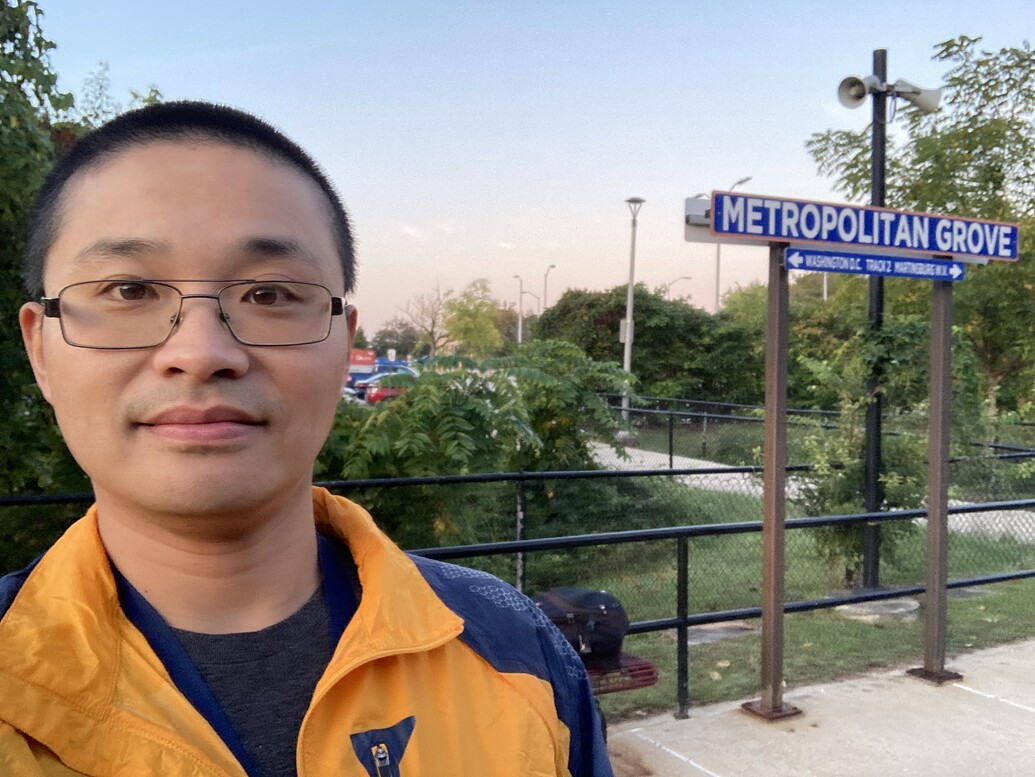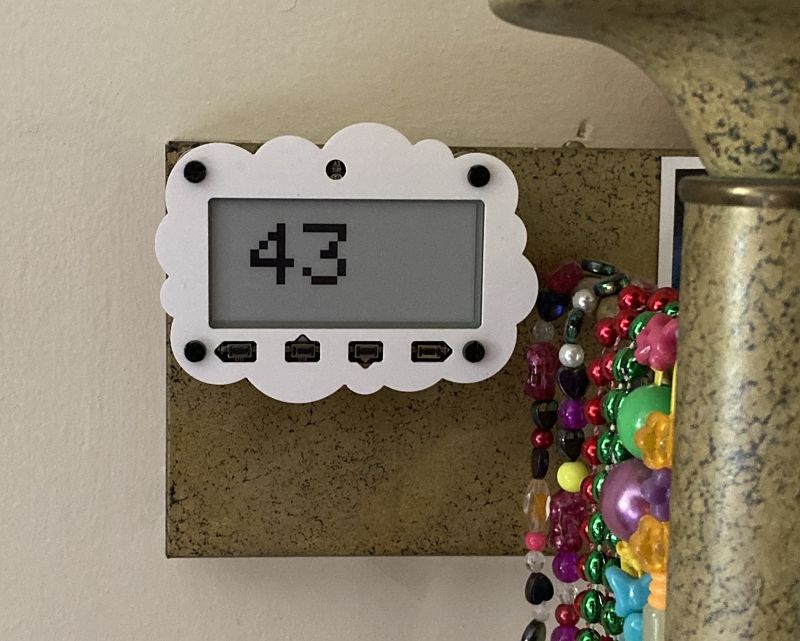In 2014, I installed NDN Forwarding Daemon (NFD) router on a tiny 128MB virtual machine.
I named this node ndn6: IPv6 NDN router, because the virtual machine, purchased from the original Low End Spirit forum for €3.00/year, was an IPv6-primary service.
I idled this router for three years, and then shut it down in 2017.
I created NDNts: NDN libraries for the modern web in 2019.
Since then, I have been publishing my own content over Named Data Networking, most prominently the NDN push-ups.
NDNts does not require a local forwarder, so that I operated video repositories by directly connecting to a nearby testbed router via UDP tunnel.
Shortly after, I started experimenting with QUIC transport, which involved deploying several NDN-QUIC gateways to translate between NFD's plain UDP packets and Chrome's QUIC transport protocol.
One day, I realized: my content is sent to the global NDN testbed, and then retrieved back to my servers for delivery to browsers over QUIC.
My video repository in Buffalo and NDN-QUIC gateway in Montreal are quite close to each other, but the packets are taking a detour to Boston, increasing latency by at least 10ms.
Also, since I statically assign a testbed router for each application, a downtime of that router would bring my application offline as well.
I thought, instead of operating isolated applications and gateways, I should setup my own NDN network.
Setting up a new NDN network is no small feat.
NFD and NLSR implement forwarding and routing, but I also need to:
- Decide on a topology between different routers.
- Assign a name prefix to each router.
- Install and update software in each router.
- Generate configuration files for NFD and NLSR, and modify them as the topology changes.
- Monitor the network and know about ongoing problems.



